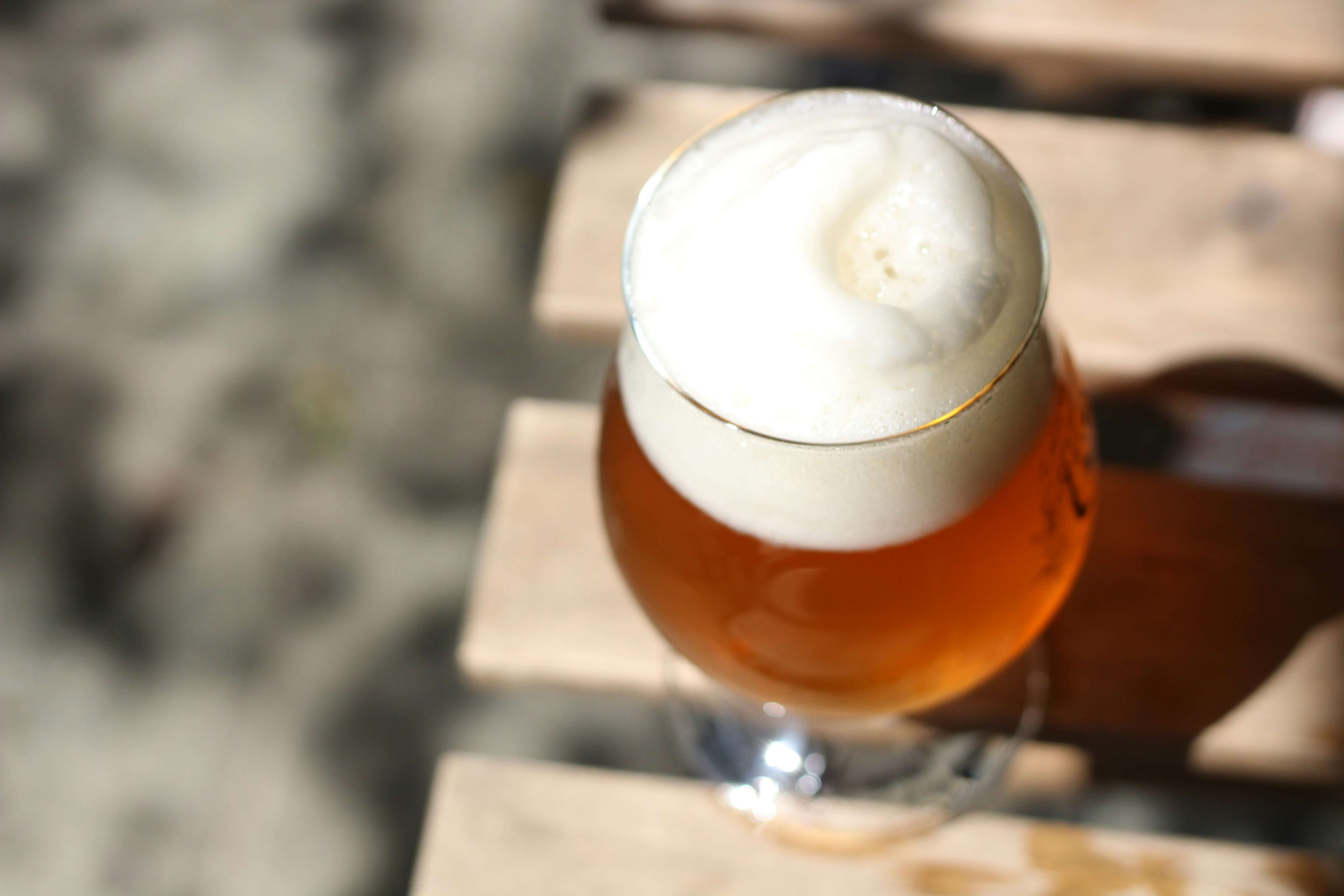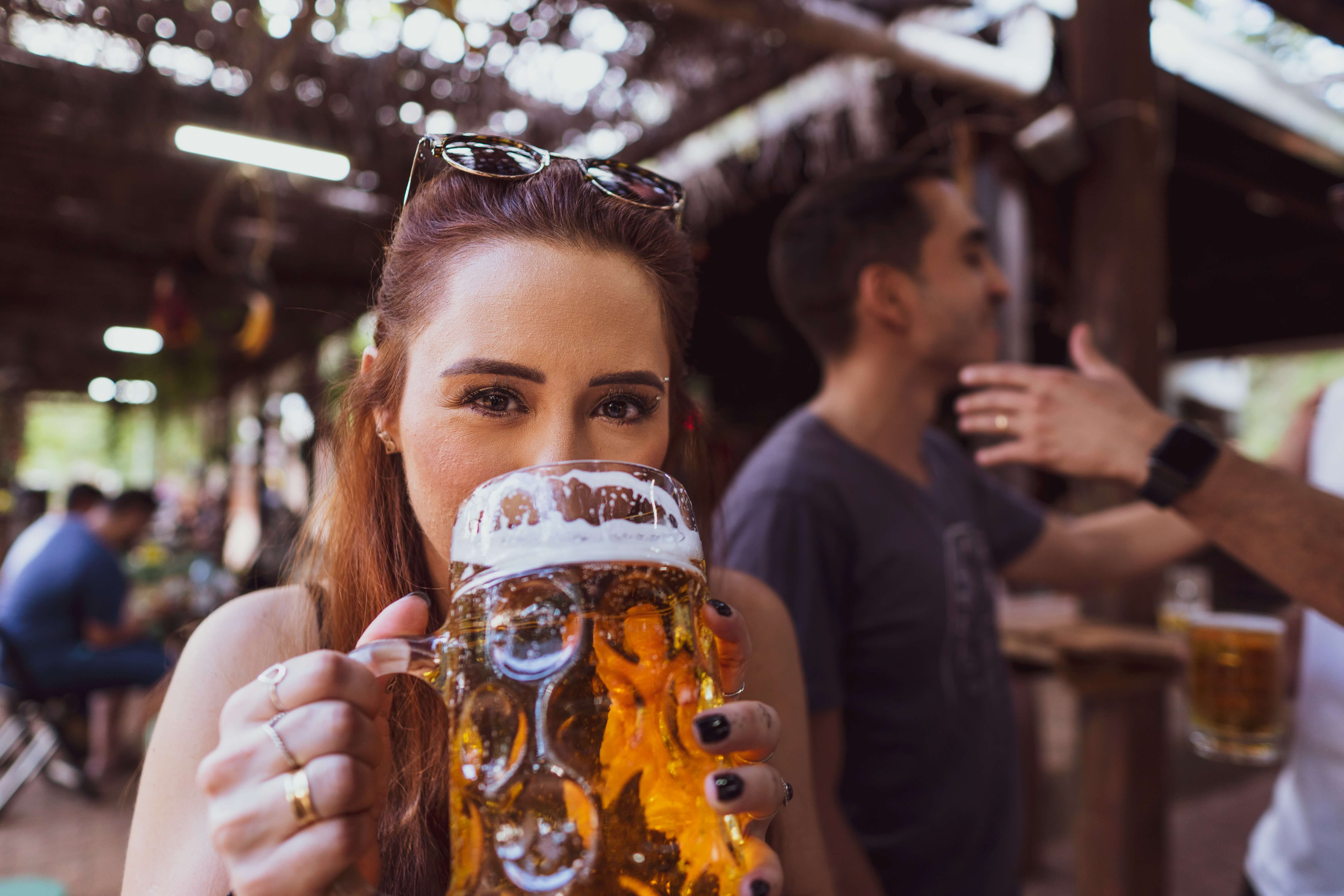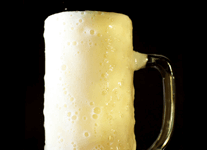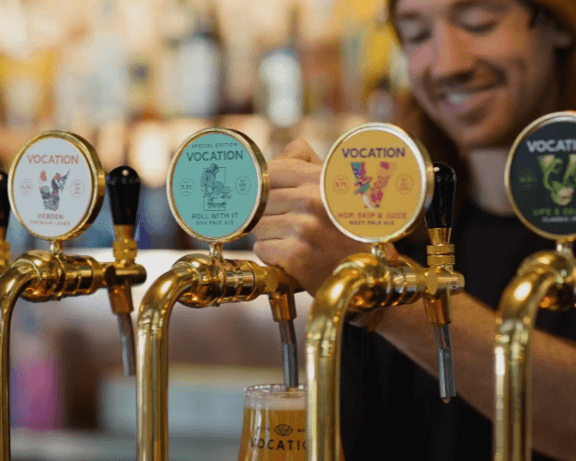
Why IPA? What does this acronym stand for, and what makes this style of beer so unique? Let’s explore the origins and characteristics of IPA beers.
Why is a beer called IPA ?
England has a long history of brewing Pale Ales, which are lighter in colour than traditional Ales such as Stouts or Porters. In the 18th century, during the height of the British Empire, brewers began exporting Pale Ales to British colonists, civil servants, and soldiers stationed in India. However, the long journey—lasting up to four months—posed challenges for preserving the beer’s freshness and flavour.
To overcome this, brewers, including the Englishman George Hodgson, increased the alcohol content and hop levels in the beer. Hops have natural preservative properties, which helped protect the beer from spoilage during the long voyage. This new, more robust version of Pale Ale became known as India Pale Ale—IPA.
Key characteristics of India Pale Ale
IPAs are top-fermented beers, brewed at warmer temperatures ranging from 16°C to 25°C. They typically feature a copper to golden colour and are renowned for their pronounced bitterness. The variety and intensity of hops used in IPA recipes contribute to complex flavour profiles with notes of citrus, pine, herbs, and tropical fruits.
Over time, many substyles of IPA have emerged, including Double IPA (DIPA), which is stronger and more bitter, and New England IPA (NEIPA), known for its juicy, hazy, and less bitter character.
At PerfectDraft, you’ll find a wide selection of IPA beers from around the world, including Europe, the United States, and New Zealand. Our detailed product pages provide everything you need to know: appearance, aroma, flavour profile, alcohol content, bottle size, and brewery information.
ALCOHOL ABUSE IS DANGEROUS TO YOUR HEALTH. DRINK RESPONSIBLY.






